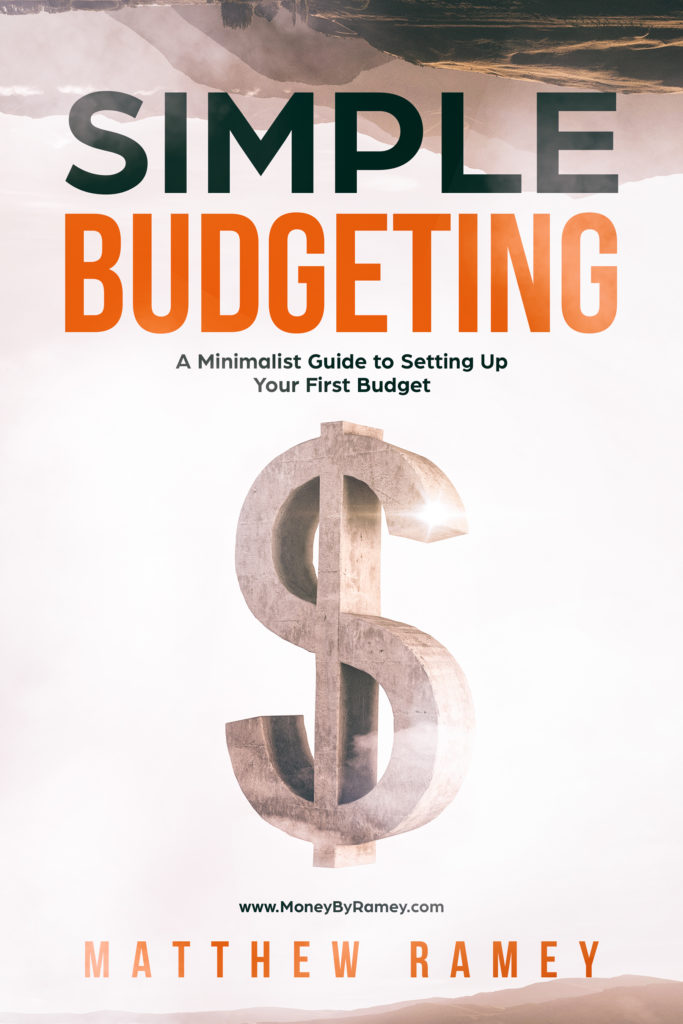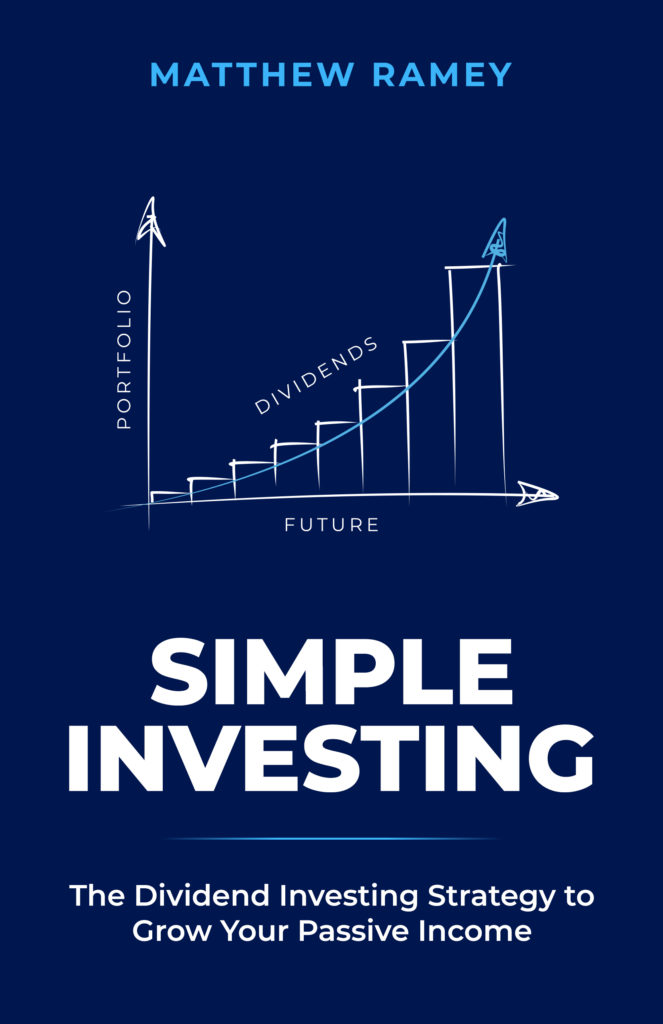Week 3 – Commit to Change: What Are You Willing to Do?
Welcome to Week 3 in our Financial Freedom Journey Series! Our goal with the series is to take you through the steps needed to become financially free. It is our goal to help you figure out the path towards becoming free so that you can enjoy your best life.
In this week’s lesson, you are being asked to really commit to the change journey. If you haven’t completed Week 2 – Rank Your “Whats” in Order of Desire & Importance, I would encourage you to go back and do so before completing this lesson.
Note that you can find the full listing of the course series here. Be sure to bookmark the page for future reference! Enjoy!
Week 3 – Commit to Change: What Are You Willing to Do?
Now that you have completed the previous lessons and know what you want in your life, it is time to finally figure out what you are willing to do to ensure that those changes take place. It is time to fully commit to doing whatever is needed.
This might seem like a step that you can skip over, but I assure you that it is not. It is great progress to lay out those things we want in our future, but even as important – if not more important – is to actually commit to making the changes needed.

It’s no secret that making changes of any type is challenging. People often get stuck in their old ways and habits that they know are not good for them. This is because neural pathways are already in place for all of our daily routines.
The reason for this is because as humans, we could not possibly comprehend or interpret everything going around us if our minds were constantly aware of every little thing. Therefore, our brain helps us out and wants to streamline certain things that we do by creating automatic habits for us.
What Type Of Habits Have You Built?
This is where we can get into trouble; the brain does not delineate on whether these automatic habits are good or bad for us. Rather our brain just thinks, “this is something we have done before, this is something we’ve always done, therefore let’s keep doing it without thinking about it.” The habit is now on autopilot.
Nowhere is this more apparent than in our financial habits. Think about it for a second; what is the last financial decision that you have made without even thinking about it?
Was it to perhaps go out and eat at that fast food restaurant? Was it to make that impulse buy for those brand new pair of shoes? Or instead of doing the hard work of saving, investing, or earning extra income, you choose to watch that movie or play that video game.

This isn’t to say that video games, the occasional meal out, or a pair of shoes are in and of themselves bad things. We definitely need to treat ourselves once in a while. But I think many would agree that after a long day of work, it can quickly become habit to grab a quick meal and sit in front of the TV instead of exercising or building that side hustle.
Forming good, positive financial habits is hard work. This is why so many individuals might not only be stuck in bad habits but fail to begin habits that they know would be good for them.
Armed with this knowledge of what it takes to build good habits, it is now time to prepare ourselves for the path ahead. Though it will be a challenging journey to overhaul our financial life, it can be done if we put our mind to it.
Want to Learn Active/Passive Income and Investing Strategies?
Sign up for our Live Free and Div Hard email list to receive exclusive ideas and tips straight to your inbox!
Commit to Change: Be Ready for Anything
In the previous steps, you were to identify and rank your ‘what’s on the road to Financial Freedom. Hopefully you thought “big” and have a lot of great, worthy financial goals on your list.
Some of the goals you may already be actively working towards, while others you might not have even started upon, or even know where to start. This is ok. No matter where you are at, in this week’s lesson, we’re going to work towards committing to achieve our end goals, no matter the cost.
Take for instance if one of your Financial Freedom goals was to buy a lakeshore home and pay it down within 10 years. The easy part of the goal is to identify the fact that you want to buy the property. The next much harder part is to identify the steps to get there.
The steps to completing this goal could include starting to do routine searches, figuring out price points, getting family on board, and saving money in order to achieve the down payment needed on the new property.
Keep in mind this is a very small list. The steps needed will be much more thorough and exact if you are to complete the goal in a timely manner.
WEEKLY FOCUS
For this week, your homework is to take each of the Financial Freedom goals that you have laid out and take it through the following steps:
#1. Create a List of Steps to Achieve the Goal

The first and most important thing towards our goal achievement is to create steps towards achieving the goal. For now, these steps don’t have to be anything actionable or specific. Just think about what needs to happen for you to achieve the goal you have set for yourself. We’ll use this information in later weeks.
#2. Create a List of Obstacles You Will Face in Achieving the Goal
Next brainstorm some obstacles that are in your way for achieving the goal you seek. In the example above with the lakeshore property, a few obstacles might be:
- Not being able to live there full-time, so it would need to be a second residence. This could create issues with the commute, lending, living arrangements, etc.
- More difficult to get a loan from a lender on an investment property.
- Won’t be able to get up there as much as I’d like if it’s far away.
The goal in this step is to see the reasons why we might not be able to achieve something so that we can begin to plan our contingencies for when these obstacles arrive.
#3. Take the ‘Obstacles’ List and Create Solutions for Each Obstacle

Now take that same obstacles list and begin to create solutions for how you will mitigate each specific scenario. For instance, for the examples above, some possible soltuions could be:
- Not being able to live there full-time, so it would need to be a second residence.
- Plan to rent it out when not there through Airbnb, VRBO, etc.
- Have a goal of finding remote work capability so that I can work from the property full-time.
- More difficult to get a loan from a lender on an investment property.
- Have someone co-sign for the loan.
- Sell your current residence and use this as a primary residence.
- Won’t be able to get up there as much as I’d like if it’s far away.
- Create a plan for others to use it, ideally to rent it out so that others pay down your mortgage for you!
- Find a low-rent apartment near work or an inexpensive condo so that I can split my time.
These are only a few examples of obstacle mitigation strategies. The goal is to really know what obstacles might come up and have a plan to deal with them far in advance.
#4. Take 15 Minutes Each Day to Visualize the Change
I’m a big fan of visualization. I think it is possibly one of the single best ways to improve your performance at anything you might undertake.
I’ve done a lot of playing and coaching basketball in my day. What I discovered many years ago that if I was able to see myself shooting really well in my mind, it often translated into the game. If I visualized myself getting everything perfect – the feel of the ball, feeling myself rise up with perfect form, and seeing a swish – that translated to my shooting being spot-on in ball games. I’ve preached this principle to my players ever since.
The principle is no different in our financial lives. No matter how big, hairy and audacious our goals are in our journey towards Financial Freedom, the very first step towards achievement is always to envision the goal being achieved.
By engaging in the visualization of our goals – even for only 15 minutes per day – we begin to build the mental belief needed that not only can we do the thing, but that we will do it.
#5. Committing to Change: What are You Willing to Do?

Last but not least, once you have the obstacles set out and your solutions to overcoming those obstacles, the very last step is to contemplate and write down what you are willing to do to commit to change and make the change happen.
It’s no surprise that change is hard. Radical change is probably the hardest thing we are ever going to do. This is especially true in the realm of achieving Financial Freedom. Whatever your goals are – debt elimination, making extra money so that you can continue to build passive income, or possibly starting a side hustle that can turn into a business – it is time to make a commitment to yourself as to what you are willing to do to make those goals come to life.
Disclosure: I am/We are long $AAPL $ADM $ALL $BG $BGS $BP $BUD $CALM $CAT $CAG $CL $CLX $CMI $COF $CSCO $DAL $DFS $F $FAST $GD $GE $GIS $GT $HBI $IBM $INGR $INTC $IRM $JNJ $JPM $KHC $KMB $KO $KSS $LHX $LUMN $MMM $MSFT $NWL $O $PEP $PFE $PG $SBUX $SJM $SPTN $STX $SYY $T $TSN $UL $UPS $WFC $WPC $WRK $WY $XOM
Disclaimer:(1) All the information above is not a recommendation for or against any investment vehicle or money management strategy. It should not be construed as advice and each individual that invests needs to take up any decision with the utmost care and diligence. Please seek the advice of a competent business professional before making any financial decision.
(2) This website may contain affiliate links. My goal is to continue to provide you free content and to do so, I may market affiliates from time-to-time. I would appreciate you supporting the sponsors of MoneyByRamey.com as they keep me in business!

Budgeting is the vital first step towards Financial Freedom. Learn the ins and outs of budgeting with Simple Budgeting.

Investing is the vital first step towards Financial Freedom. Learn the ins and outs of investing with Simple Investing.

